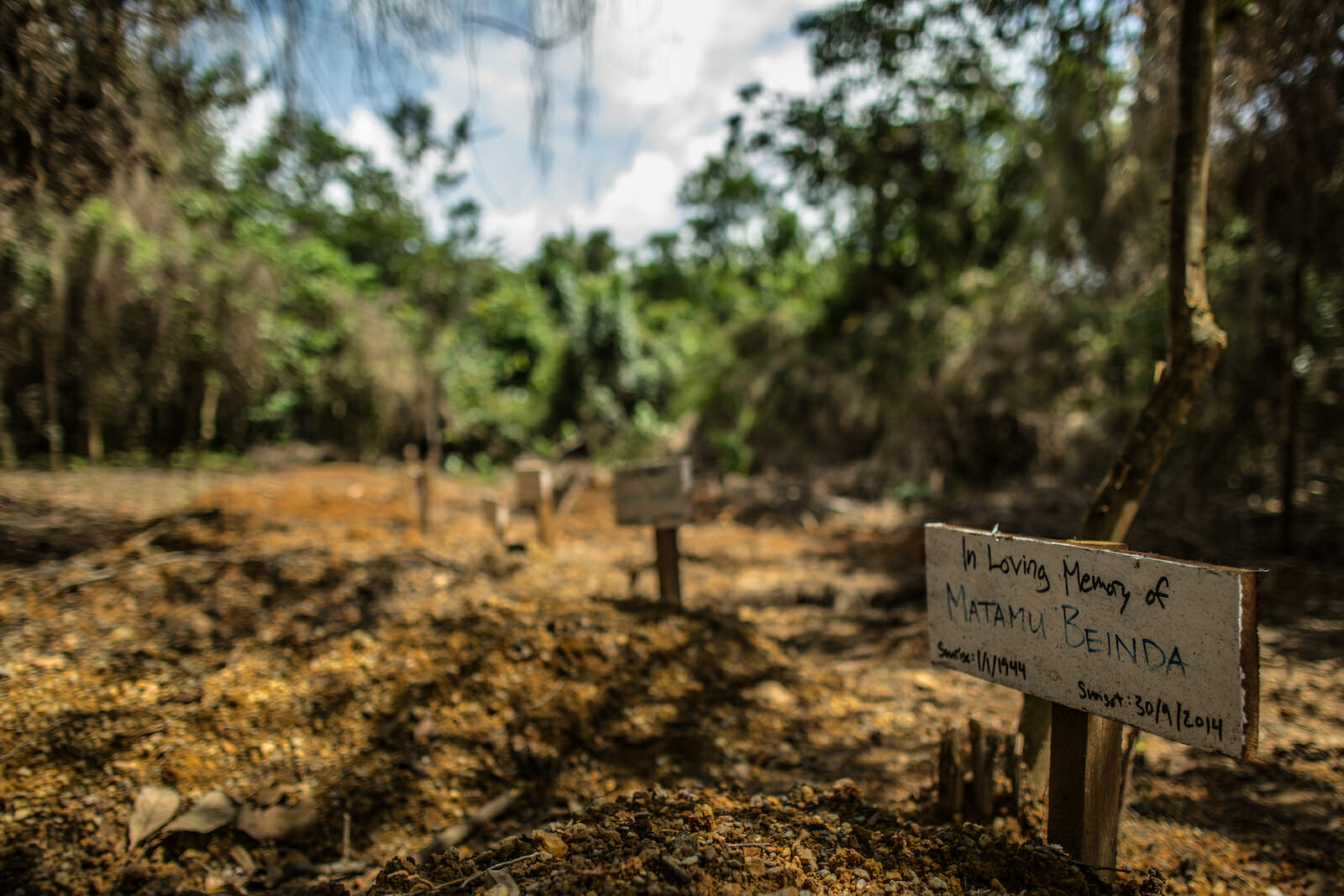
Health
Complacency Threat to Global Health
Since the turn of the century world health has made spectacular gains. For example, global life expectancy at birth has increased by over 6 years, overall infant mortality has almost halved, and the life expectancy at birth of disadvantage people in low-income countries versus those in high-income ones has narrowed by eight years.
These are undeniably major advances in just two decades. However, not all is as positive as the above advances might at first suggest. Unfortunately, signs of apparent complacency are evident across a range of global health issues and putting a frustrating brake on progress. Three significant examples are the current Ebola outbreak in eastern Democratic Republic of Congo (DRC), global HIV/AIDS infection rates, and international efforts to eradicate malaria.
In the case of the Ebola outbreak in eastern Democratic Republic of Congo it is surprising, after the painful lessons of the catastrophic 2014-16 West African epidemic of the disease, that it took the World Health Organization (WHO) 50 weeks from the initial declaration of cases by the DRC Ministry of Health (on 1 August 2018) to deem the outbreak to be a Public Health Emergency of International Concern (PHEIC).
There are three criteria for an epidemic to be officially classified as a PHEIC by the World Health Organization: “an extraordinary event which is determined to constitute a public health risk to other States through the international spread of disease and to potentially require a coordinated international response.”
At meetings in October 2018 and April and June of this year the outbreak was ruled not to be a PHEIC by the WHO’s International Health Regulations Emergency Committee for Ebola in the Democratic Republic of Congo.
Concerns about possible travel bans and trade restrictions by other countries flowing from a PHEIC declaration were expressed by the expert Committee. However, international recognition, concern, and support to fight the epidemic would almost certainly have been mobilised by an earlier formal declaration.
The declaration of a PHEIC by the WHO Director-General only came out of a subsequent fourth meeting a month later on 17 July. By that time, nearly a year into the epidemic, cases of the disease had swollen to over 2,500 and around 1,700 people had lost their lives to it. Unknown cases and deaths probably add quite a lot to these figures.
Hindsight is a wonderful luxury. But many public health experts were puzzled at the time that the mid-June meeting of the Emergency Committee held back from recommending a PHEIC to the Director-General. Reading the official statement of that meeting certainly raises the question of what element of PHEIC determination was unsatisfied.
Meanwhile, in the month between the June and July Emergency Committee meetings around another 330 cases and more than 200 deaths were reported and the threat of spread to Uganda, Rwanda, Burundi, and South Sudan continuing.
The other particularly disturbing face of Ebola complacency has been financial, the international donor community falling seriously short in making the necessary funds (and other resources) available to successfully fight the outbreak. Rich developed nations (with a few exceptions) have largely ‘gone missing’ on funding the fight against the epidemic.
Likewise, the World Bank with its highly publicised post-2014-16 West African epidemic inspired Pandemic Emergency Financing Facility (PEF) has fallen far short of the funding assistance that reasonably could have been expected. However, since the PHEIC declaration, the Bank has substantially increased its financial assistance ($300 million committed in grants and credits a week after the PHEIC was declared), but earlier action could have stopped the Ebola horse bolting to the extent it has.
Signs of complacency towards global epidemic risks unfortunately are also evident in relation to several other major disease threats. Dedicated funding figures in various areas paint a concerning picture. The massive international fight against the scourge of HIV/AIDS is a good example. This unequivocably has been a major success. Since 2006 the global HIV/AIDS death rate has more than halved and the number of new cases fallen by one-fifth.
But in the eyes of many, particularly people in developed high-income countries, these figures are seen as indicating the HIV/AIDS pandemic is ‘over.’ This perception is flowing through into funding against the disease. HIV/AIDS development assistance fell by $2.3 billion between 2012 and 2018 and more cuts are in the pipeline. The U.S. government funding request for HIV for Financial Year 2020, for instance, is down 28% ($1.5 billion) in 2019.
For the estimated 1.7 million new cases around the world each year and the around 38 million people ‘living with’ the disease, however, the HIV/AIDs story is far from over and the UN goal of ending the pandemic by 2030 becoming increasingly unlikely. In around 50 countries new HIV infections are actually increasing. Regionally, since 2010 new cases have risen by 29% in Eastern Europe and Central Asia, 10% in the Middle East and North Africa, and 7% in Latin America.
A similar picture is evident with another major global health scourge, malaria. Impressive progress was made against the disease in the first decade and a half this century, malaria incidence rates (new cases) dropping by 37% globally and mortality rates by 60%. The WHO’s latest World Malaria Report (2018) though shows progress has since stalled, no significant reduction in cases being achieved and funding assistance flatlining. In a number of African countries, the number of annual cases has actually substantially increased. Presently there is an annual funding shortfall of over $2 billion for meeting the WHO target on controlling malaria by 2030.
The complacency problem goes well beyond the above illustrations. It, for example, explains much of the massive worldwide surge in measles that has occurred over the past two years – despite the highly contagious, potentially deadly disease being readily preventable with a cheap, safe vaccine; likewise, the widespread vaccine-hesitancy in the case of protection against annual flu threats; the danger of sexual infections over and above HIV/AIDS; and many others.
Other factors are also obviously involved in all these health challenges – poverty, ignorance, misunderstanding, fear, poor access to health care, etc. But one message in all this is “Never underestimate the health dangers of the microbial world!”

